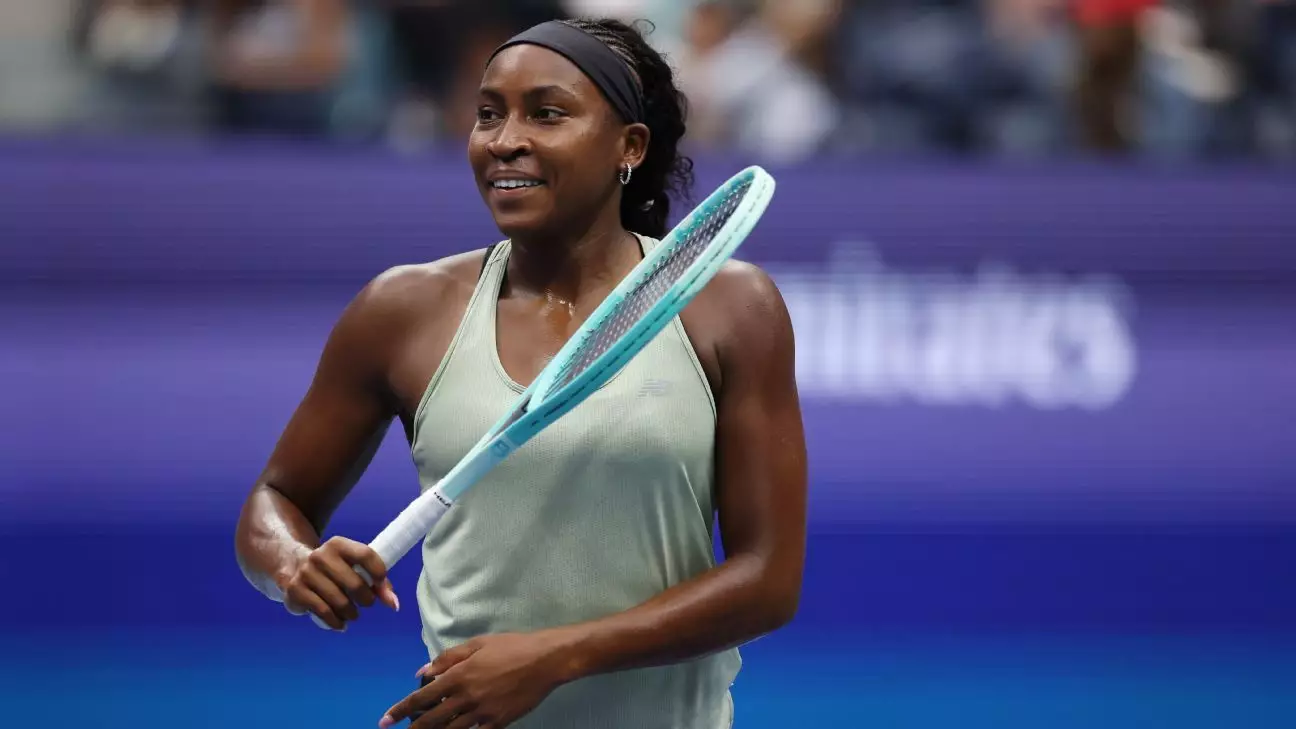In the fiercely competitive world of professional tennis, change is often the catalyst for growth. Coco Gauff’s recent decision to part ways with her longtime coach, Matthew Daly, underscores a strategic pursuit of evolution. While abrupt on the surface — happening just days before a major tournament like the US Open — this move hints at a deeper desire to refine her game and adapt to the ever-changing demands of the sport. Gauff’s acknowledgment of ongoing issues with her serve, coupled with her desire to address technical flaws, reinforces that her core motivation is to optimize her performance rather than simply change for change’s sake. Such decisions reflect a resilient mindset: embracing transformation with the hope of unlocking new levels of excellence.
The Significance of Technical Overhaul
A critical factor in this coaching shake-up is Gauff’s focus on technical refinement, particularly her serve. Her struggle with double faults and inconsistent service performance this season have clearly hindered her ability to dominate matches. By bringing in Gavin MacMillan, a biomechanics specialist with a proven track record working alongside top-ranked players, Gauff is emphasizing scientific approaches to her mechanics. This signals an understanding that in modern tennis, technical precision combined with biomechanical insights can be decisive. Her previous collaboration with Daly, especially during her successful China Open campaign, was characterized by grip changes and tactical adjustments indicating a willingness to iterate on her fundamentals. Now, with the addition of MacMillan, Gauff appears intent on integrating biomechanical expertise to push her serving capabilities beyond current limitations.
The Balance Between Tradition and Innovation
Gauff’s decision to maintain her longtime coach, Jean-Christophe Faurel, while bringing a biomechanical expert onboard creates a layered coaching team that embodies both tradition and innovation. Faurel’s familiarity with Gauff’s mental and tactical framework provides necessary continuity. Meanwhile, MacMillan offers a fresh perspective rooted in scientific rigor. This hybrid approach exemplifies a strategic mindset: leveraging the strengths of tradition while harnessing cutting-edge technology. It suggests that Gauff recognizes the importance of both psychological familiarity and physiological optimization. Her willingness to adapt her coaching structure around her needs highlights a maturing understanding that success in elite tennis often demands a multifaceted approach.
The Broader Implications for Gauff’s Career Trajectory
While this coaching shift introduces short-term uncertainties, it may ultimately be a calculated move to heighten her competitive edge. Gauff, a recent major winner, still faces the challenge of translating her potential into sustained success across major tournaments. Her recent performances, marked by serve struggles and early exits, expose vulnerabilities that must be addressed to contend consistently at the highest level. The upcoming US Open, with its deep field and pressure-cooker environment, will serve as a litmus test for her reinvigorated team. If the technical adjustments and strategic insights offered by MacMillan prove effective, Gauff could solidify her position as a dominant force rather than an occasional champion.
The Risks and Potential Rewards of Coaching Changes
Despite the logical rationale behind her coaching decisions, upheaval in a player’s team can carry risks. Disruption of established routines, potential clashes in coaching philosophies, and the psychological impact of abrupt changes are all challenges Gauff must navigate. However, her willingness to streamline her team suggests she perceives the rewards—improved serve consistency, tactical versatility, and renewed confidence—are worth the upheaval. Her silence post-announcement perhaps indicates a strategic choice to focus on her game rather than internal team politics. If she capitalizes on these shifts, Gauff might not only rekindle her winning ways but also set a precedent for how young athletes approach professional development: with decisiveness, innovation, and a relentless drive for improvement.


Leave a Reply